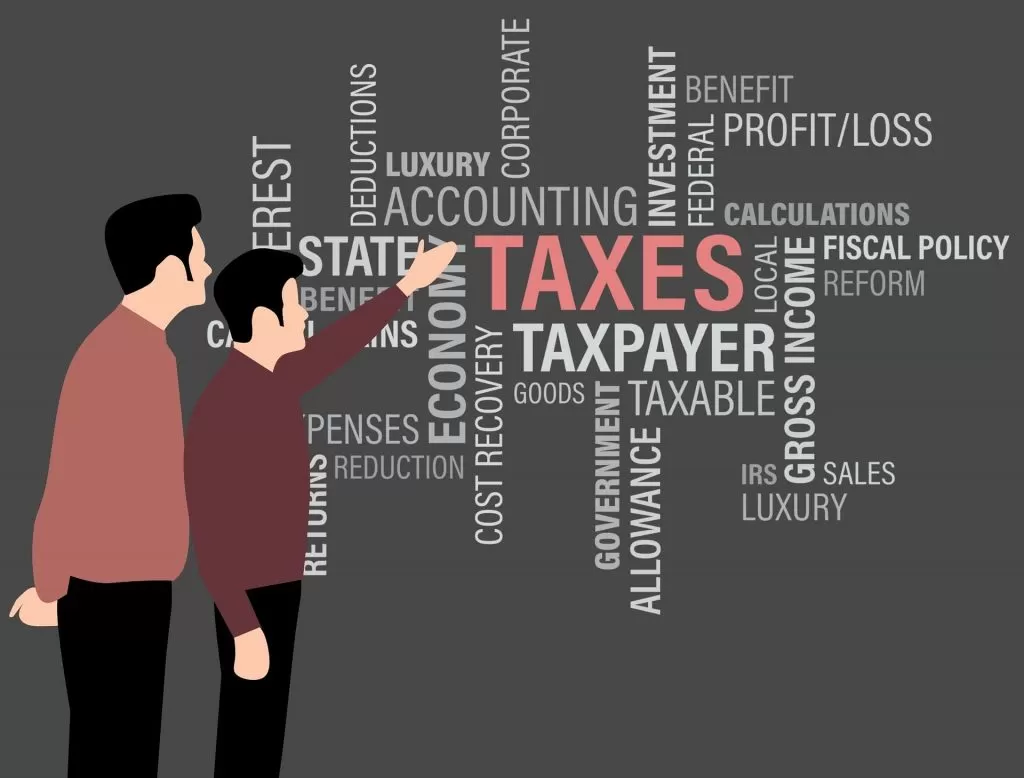How is GST return filing done: all you need to know

GST stands for Goods and Services Tax. In India , the idea of adopting GST was initiated by former prime minister of India Atal Bihari Vajpayee Government. It is an indirect tax or we may say, it is a value-added tax which is imposed on the supply of goods and services.
The Goods and Service Tax Act was passed in the parliament on March 29, 2017 and it came into effect in the month of July. It is paid by the consumers for the products or services.
Also read: How to link PAN, bank account and other details with Aadhaar
The businesses registered under Goods and Service Tax have to file returns annually, monthly and sometimes quarterly, it depends on the category of the business they can file the GST returns through the official GST portal of Government of India.
How to file GST Returns
Manufacturers, suppliers, consumers – all need to file their tax return with the GST department every year. At present filing tax returns has become automated under the new GST regime. There are some steps one needs to know to do it online.
First step
The first step is visiting to the official GST portal (www.gst.gov.in)
Second step
A 15 digit GST identification number will be issued based on the state code and PAN number.
Third step
One should now upload invoices in the same portal, an invoice number will be issued against each of the invoices.
Fourth step
After the third step outward return, inward return, cumulative monthly return has to be filed online. In case there are any errors one will have an option to rectify it.
Fifth step
Now one needs to file the outward supply returns in GSTR-1 form through the GST common portal (GSTN) within 10th of the month.
Sixth step
All the details of the outward supplier will be furnished through GSTR-2A by the supplier to the recipient, now the recipient has to verify and modify the details of the outward supplies.
Seventh step
The recipient has to file all the details of debit or credit notes.
Eighth step
The recipient then has to furnish the inward supplies details of the taxable goods in GSTR-2 form.
Ninth step
The supplier can accept the modification details, he or she can reject the details of inward supplies made available by the recipient in GSTR – 1 A as well.
One can also check the status of GST Returns through the official GST login portal. The official portal allows one to check the status of the GST returns through three specific options, ‘return filing period’ , ‘ARN’ option and ‘status’ option.
Who should file the GST Returns
· A person whose annual turnover is Rs 20 lakh or more than that, has to opt for a GST registration, he or she will have to file GST returns mandatorily.
· There are some special states where the limit of annual turnover is Rs 10 lakh.
· A person who has a valid GSTIN, has to file the GST returns, it is mandatory.
Conclusion :
A penalty will be levied on every taxpayer if he or she fails to file the returns on time. The penalty is called a late fee. According to the GST law the late fee is Rs 100 for each Central Goods and Services Act (CGST) and State Good and Services Act (SGST).
The maximum amount of fine that can be imposed on someone is Rs 5000. The taxpayer is required to pay an interest of 18 per cent per annum in addition to the late fee. Thus the implementation of income tax systems like GST in India has ensured taxpayer services and compliance are in range and aligned perfectly.



